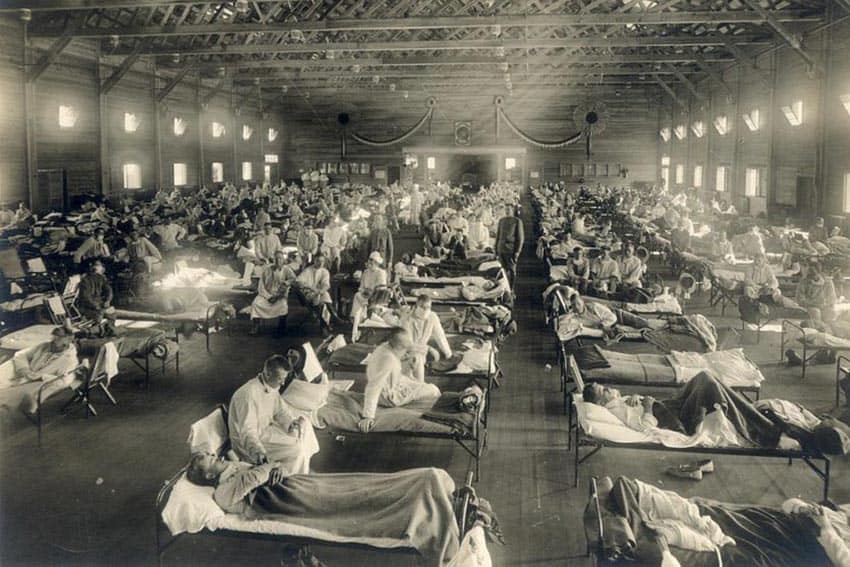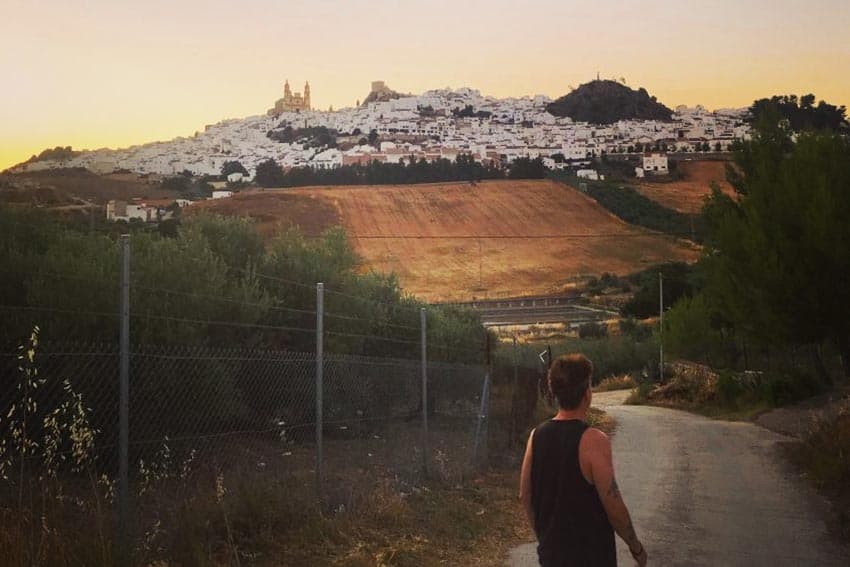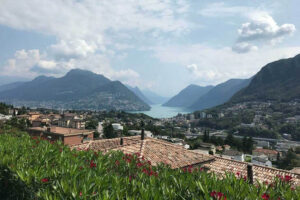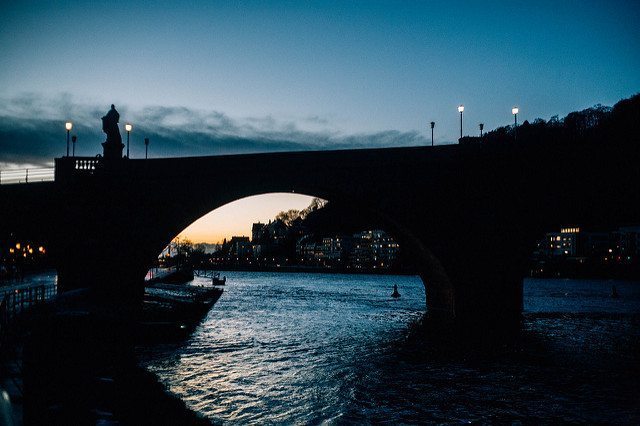
A Charming University Town on the Neckar River
By Shannon Broderick
The first time I visited Heidelberg, I was 18. It was my first time in Germany—a hot August day, with fluffy clouds floating lazily through the bright blue skies. As I stood on the grounds of the ruined castle, gazing out at the view below—a landscape of orange roofs, cut in half by the glittering river, with patchworked fields and smokestacks in the distance—in awe.

This isn’t real, I told myself. I must be dreaming. How could somewhere so perfect and charming exist?
Cobblestones and Courtyards
Heidelberg has all the ingredients of a fairy-tale come to life. Winding, cobblestoned streets? Check.
Colorful buildings with wide shutters and window-boxes overflowing with flowers? Check. A ruined castle, looming dramatically over the city, with fantastic views of the romantic Neckar river? Check, check, check.
Three years after my first trip to Heidelberg, I returned to Germany, this time for five months as an international student. And while Mannheim, my temporary home, had its own charming corners, the majority of it had been flattened in the second World War, meaning that post-modern architecture ruled. We rented a car in Munich and were able to easily navigate the Autobahn to get to Heidelberg.
So whenever my friends and I needed a break from grey apartment blocks, or wanted to show our visiting friends and family the traditional, courtyards-and-cobblestone, Old Town Germany, we would hop on the regional train to Heidelberg.
The Altstadt, Old City
Heidelberg is a city within a city. Getting off at the Hauptbahnhof, or main train station, we’d hop on and off the tram that snaked through the newer section of the city, past post-modern buildings and department stores, until it deposited us at the mouth of Hauptstrasse, the main street and beginning of the Altstadt, or Old Town.

The Hauptstrasse winds through the Altstadt, lined by yellow and pink buildings with stores occupying their ground levels. Some hold fast-fashion chains, like H & M, while others cater towards the high tourist population—think Lederhosen, Haribo gummy-bears and Black Forest cuckoo clocks.
Eventually, Hauptstrasse opens onto the main square, where the Heiliggeistkirche, or Holy Ghost church, occupies much of the space. Clustered all around the outskirts of the church are little stands selling souvenirs and snacks.
A College Town
Heidelberg isn’t just a charming tourist trap, however—it’s also home to the oldest university in Germany, which gives the city a fresh vibe—students shuttle between buildings, carrying books during the day, but roam the streets at night, hopping in and out of bars. More than 30,000 students call Heidelberg their temporary home during the semester.
According to Kim Brown, a UMass student who spent a semester studying at the university in Heidelberg, one of the reasons that the Altstadt is so picturesque is due to its relationship and co-dependence with the university.
“Since [the university] was founded in the 1300’s, it started out as part of the Altstadt,” she explains, before adding, “the university and town grew at the same time—so there are layers of the university and town overlapping.” It’s not unusual to see academic buildings sharing the same street as small restaurants or apartment buildings.
And with a large student population, there is an influx of affordable dining options, as well as plenty of bars to check out once the sun goes down.
A Taste of Germany
Heidelberg has a host of different options for traditional food. Visitors can try Schnitzel, thin veal coated in breadcrumbs and fried or Wurst, German sausage often served with various sides. There are also several regional dishes that are worth trying, including Maultaschen, which is a dumpling soup of sorts, and Käsespätzle, egg noodles covered in cheese. Many of these dishes are served in restaurants that line the main street—for a high quality meal, check out the restaurant in the oldest hotel in Heidelberg, Hotel zum Ritter St. Georg.
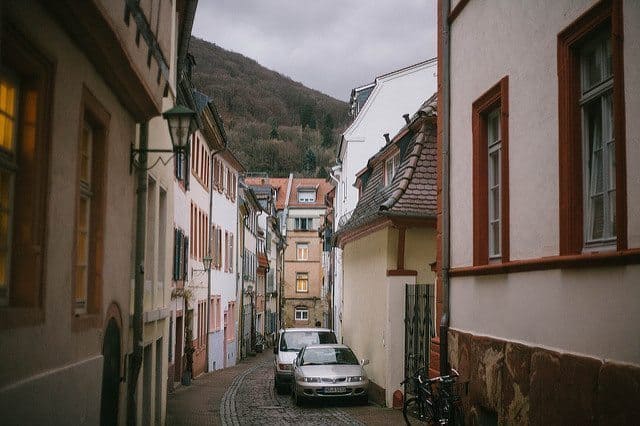
There are also several different cafes and shops catering to a smaller budget. Brown recommends having brunch at Cafe Extrablatt for brunch, Coffee Nerd for an espresso, or Lowenbrau for German cuisine. There is also a burger restaurant called Die Kuh die lacht—and no trip to Germany is complete without stopping for döner kebap, a Turkish sandwich-style dish popular with young and old alike (Brown recommends Kebab Haus, on Hauptstrasse)
Heidelberg is also the birthplace of the Studentenkuss, or “Student’s Kiss,” a delicious chocolate with a long history, invented at and sold in Cafe Knosel. In centuries past, the cafe was a meeting place for ladies attending the finishing school and young men attending the university, and the owner, Fridolin Knosel, created a chocolate that served as a token of affection, away from the prying eyes of strict chaperones. Today, visitors can still purchase the Studentkuss from the original cafe.
For drinking, the state of Baden-Württemberg is known for their wine—there is a local winery located about 15 minutes by car.
Along the Neckar
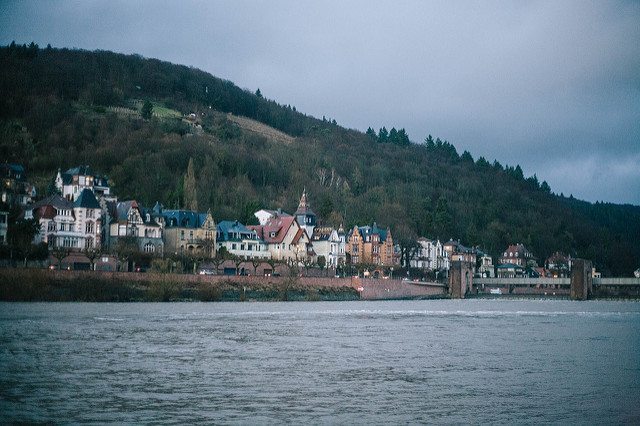
The Altstadt bumps up against the Neckar, which cuts a path through the city. On the opposite side of the river, grand mansions sit side-by-side, with rolling hills behind them, making for a pleasant and picturesque walk along the bank. The two sides of the city are linked by a stately, arched stone bridge with a spectacular entrance that beckons visitors back into the Altstadt.
The Neckar In the summertime, the banks of the Neckar become crowded with students, families and citizens looking for a casual afternoon and relief from the heat. There are designated grill spaces to cook sausages, and with the open container laws, it’s a great place to sit back and relax. Brown recommends renting paddleboats—for a small hourly fee, you are free to paddle up and down the Neckar with friends.
A Castle—with a view
Brown suggests hiking the Königstuhl, a 567 meter high hill in the Odenwald Mountains with an equally stunning view of the city below. A difficult hike, it may not be suited for everyone—fortunately, there is a funicular that ferries passengers up and down the mountain.
On the other side of the Neckar, the Philosopher’s Way trail meanders up hills, providing an easier walk through beautiful surroundings. Visitors interested in history can also hike to the Thingstatte, an abandoned Nazi amphitheater built on ancient monastery ruins.
And no visit to Heidelberg would be complete without a hike to the ruined castle, which perches high above the city.
The view from the top is worth the huffing and puffing. In addition to being able to tour the shell of a castle, visitors are privy to one of the most beautiful views in all of Germany—that same vista that I first caught a glimpse of as a naive 18 year old, that, even several trips later in the rain and fog and heat and wind, never got old.
- These 9 U.S. National Parks Require Reservations in 2024 - April 17, 2024
- Take a Hike in Olympic National Park - April 17, 2024
- The Wild Mississippi: 2340 Miles Across Ten States - April 8, 2024


